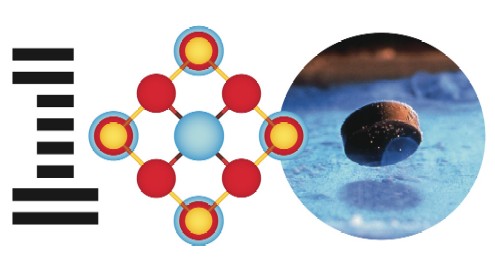
Celebrating 100 years of superconductivity (courtesy: IBM)
By Michael Banks
From the 100th anniversary of Marie Curie’s Nobel Prize for Chemistry to 100 years since Ernest Rutherford proposed his model of the atom, 2011 marks a whole host of centenaries.
This year is also the 100th anniversary of the discovery of superconductivity — the phenomenon where the electrical resistance of a materials drops to exactly zero — by experimental physicist Heike Kamerlingh Onnes in 1911.
But that is not superconductivity’s only anniversary. This month represents 25 years since the discovery of high-temperature superconductivity by physicists Georg Bednorz and Alex Müller, who were then both working at the IBM Research Laboratory in Zurich.
In 1986 Bednorz and Müller discovered that the electrical resistance of a material made from lanthanum, barium, copper and oxygen (LaBaCuO) — known as a cuprate — fell abruptly to zero when cooled below a temperature of 35 K. Their discovery opened the door to potentially higher superconducting temperatures earning the duo the 1987 Nobel Prize for Physics.
To celebrate that feat, high-temperature superconductors have made it into IBM’s “100 icons of progress” — a list of 100 breakthroughs that have been carried out at IBM’s research centres around the globe. The list is to celebrate, yep you guessed it, IBM’s centenary this year, and has already featured 43 “icons” such as the floppy disk and the scanning tunnelling microscope.
Superconductivity was added to the list yesterday to mark 25 years since Bednorz and Müller submitted their paper to Zeitschrift für Physik (the paper was published in June 1986) and IBM will be adding more icons throughout the year.
Yet if you have still not had enough of all things superconductivity then make sure you celebrate the centenary by enjoying a free download of the April 2011 issue of Physics World, which is packed full of articles on the subject.
You may also want to watch a video interview with Laura H Greene of the University of Illinois Urbana-Champaign about what comes next after the cuprates.



